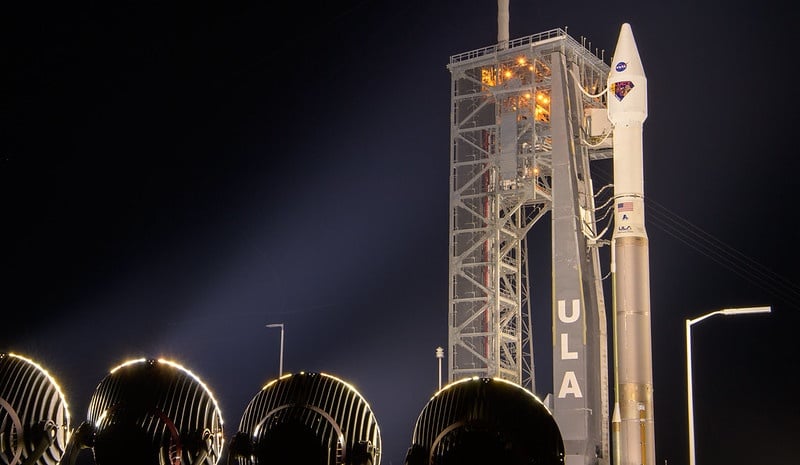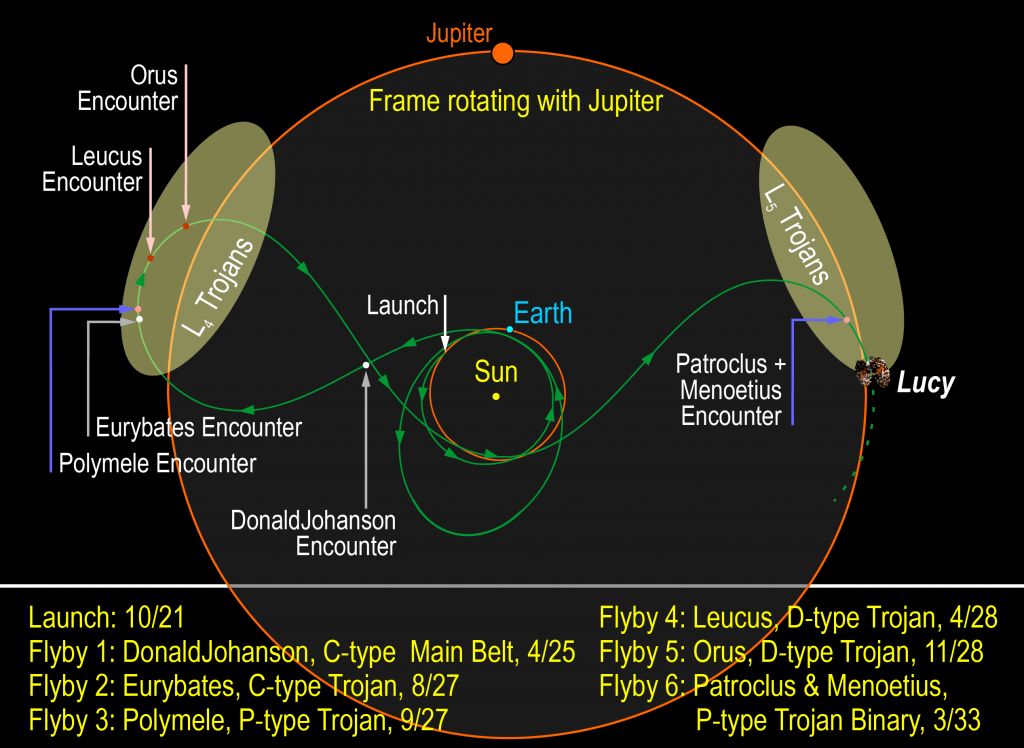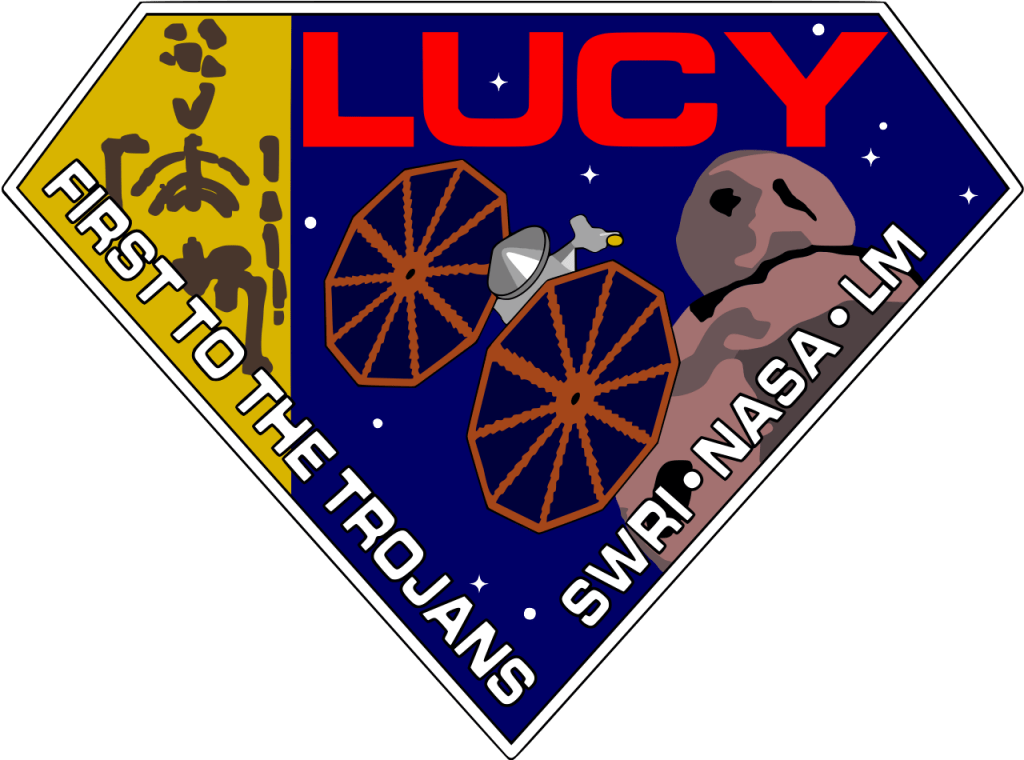An early morning launch is planned for the Lucy spacecraft, the first space mission to study Jupiter's Trojan asteroids. Tomorrow, October 16 at 5:34 a.m. EDT is the first day and time in Lucy's 21-day launch window, and current weather conditions show a 90% chance of favorable conditions for liftoff from Cape Canaveral Space Force Station in Florida. The launch window remains open for 75 minutes.
Lucy will embark on a 12-year mission to explore the "fossils of planet formation," Jupiter's Trojan asteroid swarms. This mission provides the first opportunity to observe these intriguing objects close-up.
Lucy, named after the fossilized human ancestor, "Lucy," whose skeleton provided unique insight into humanity's evolution – will be the first spacecraft to visit 8 different objects. Before heading to the Trojan asteroids, it will study one main belt asteroid. Scientists hope the Lucy mission will revolutionize our knowledge of planetary origins and the formation of the Solar System. Launch coverage on October 16 starts at 5 a.m. EDT on various platforms: The countdown commentary and launch broadcast will air on NASA Television and the agency's website, as well as YouTube, Twitter, Facebook, LinkedIn, Twitch, Daily Motion, Theta.TV and NASA’s App.
The Trojan asteroids, which borrow their name from Greek mythology, orbit the sun in two swarms -- one ahead of Jupiter and a second swarm that lags behind it.
The Trojans "are held there by the gravitational effect of Jupiter and the sun, so if you put an object there early in the solar system's history, it's been stable forever," said Hal Levison, the principal investigator of the Lucy mission, during a press conference on October 13. "These things really are the fossils of what planets formed from."
Both the fossil and the mission are an homage the Beatles tune "Lucy in the Sk y With Diamonds," and you can see the logo for the Lucy mission is shaped like a diamond.
Over 12 years, Lucy will travel nearly 4 billion miles (6.4 billion kilometers) moving at about 400,000 miles per hour (17,881.6 meters per second).
The seven Trojan asteroids Lucy will visit are all named for heroes from Homer's "The Iliad": Eurybates, Queta, Polymele, Leucus, Orus, Patroclus. But the first asteroid flyby will be in 2025, as the spacecraft visits the asteroid belt in between Mars and Jupiter, flying past an asteroid named (52246) Donaldjohanson, named after the discoverer of the famous Lucy fossilized skeleton.
Lead image caption: A United Launch Alliance Atlas V rocket with the Lucy spacecraft aboard is seen at Space Launch Complex 41, Thursday, Oct. 14, 2021, at Cape Canaveral Space Force Station in Florida. Credit: NASA/Bill Ingalls.
 Universe Today
Universe Today


